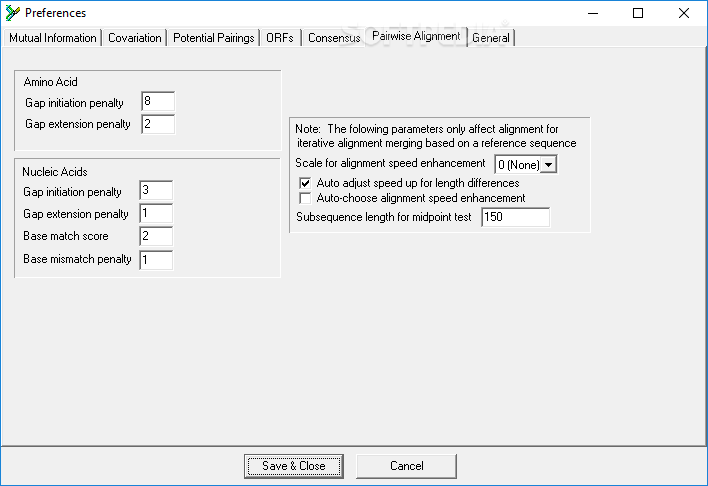
deanorum are rare species, difficult to collect 18 and for this reason studies about them are scarce on all grounds. oliveirai, which are found in Southern Brazil. 2, 13, 15, 16 Based on morphological similarities, Carcavallo and others, 17 grouped these species into the T. 11– 14 Thirteen Triatoma species have been found in Central-Western Brazil, but only seven are considered endemic: T. At the moment, there is no consensus about the features that define complexes.

Some Triatoma species are grouped into complexes, and subcomplexes based on morphological similarities, geographical distribution, epidemiological importance, phylogenetic relationships, and others. Galvão and others 2 included 19 genera and 137 species into the subfamily Triatominae, but currently it consists of 145 valid species belonging to 18 genera, of which 65 species occur in Brazil. After the first reported human cases of the disease, studies on the vector species reservoirs and description of new triatominae species started to increase. matogrossensis subcomplex.Ĭarlos Chagas 1 described Trypanosoma cruzi, the causative agent of American trypanosomiasis, in 1909 and noted that this protozoan was transmitted by triatomines. Taxa in bold are current members of the T. Percentages above the nodes indicate Bayesian posterior probabilities (BPP), whereas those below indicate parsimony bootstrap percentages (PB). Thick clades represent those also recovered by parsimony. Molecular evolution models for each partition were HKY + I + G for 16S, GTR + I + G for COI, and HKY + I + G for Cytb. matogrossensis subcomplex.īayesian inference consensus of the combined analysis of sequences of Triatoma species occurring in Central-Western Brazil.

2, 25, 33īayesian inference consensus for each molecular marker of Triatoma species: ( A) 16S (HKY + I + G), ( B) Cytb (HKY + I + G), and ( C) COI (GTR + I + G). matogrossensis subcomplex, and the Chaco eco-region of Argentina, Bolivia, Paraguay, and Uruguay. sordida overlaps all spots for the members of T. 2, 13– 16, 22– 28 In red spots where the specimens herein studied originated. matogrossensis subcomplex in the Central-Western Region of Brazil. The known geographic distribution of species of the T. Dorsal view of specimens from the colonies studied: T.


 0 kommentar(er)
0 kommentar(er)
